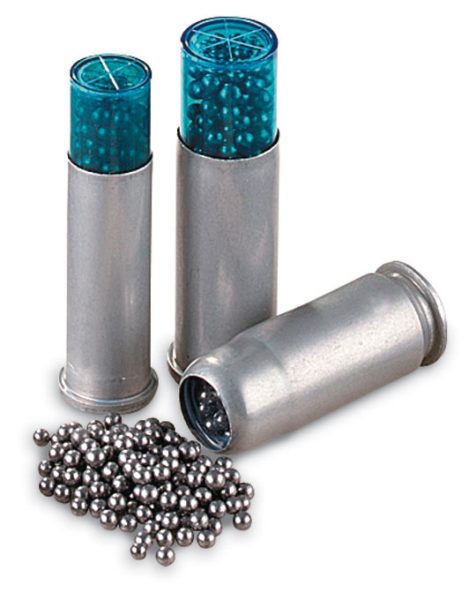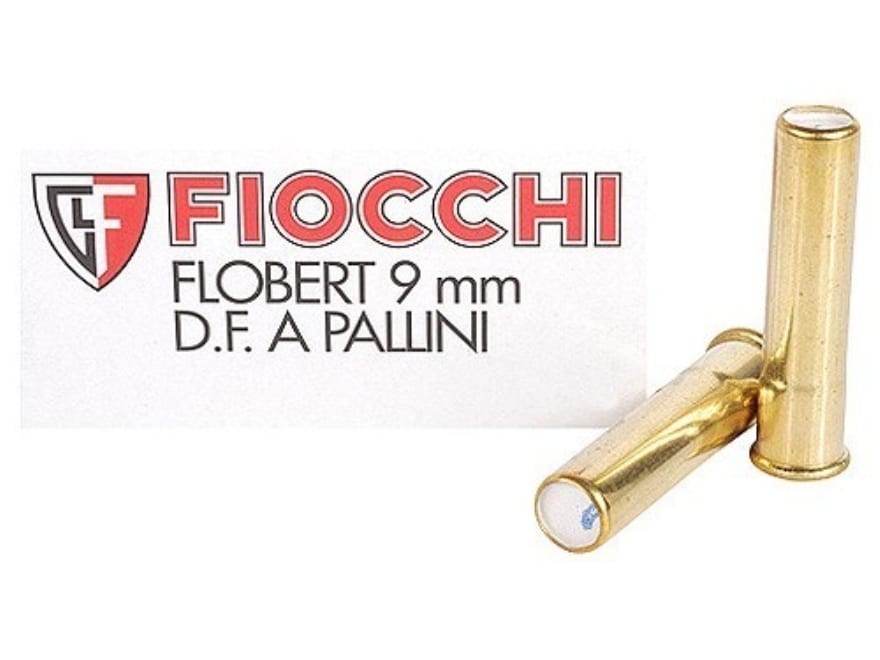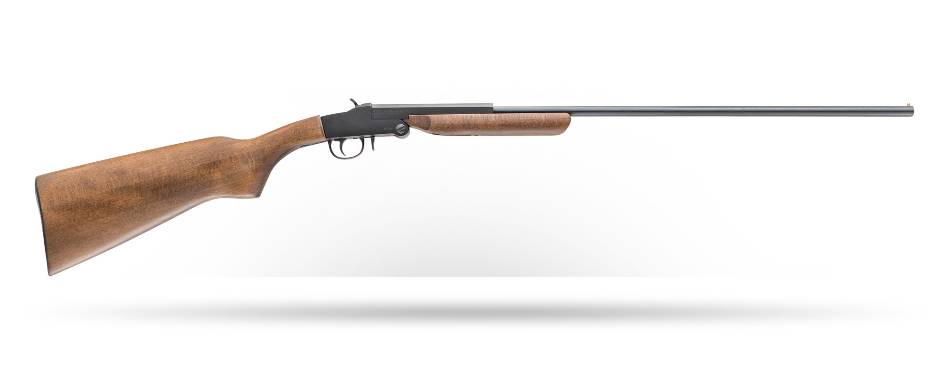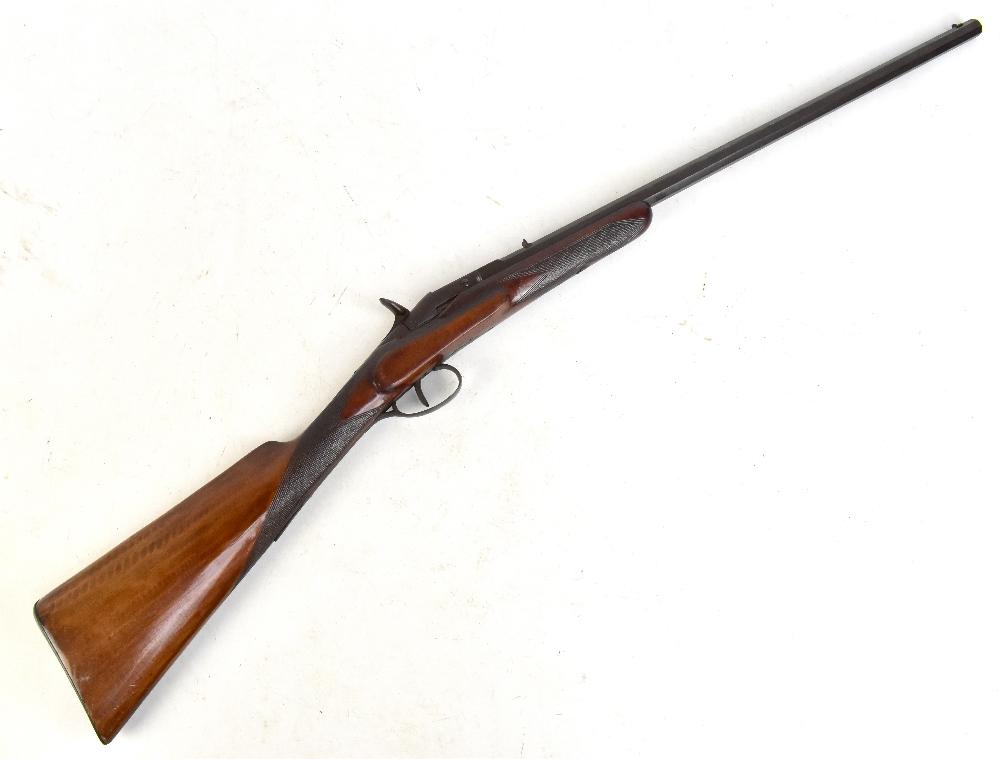
What do you think when you hear the term garden gun? Probably not much, as they’ve been out of style for quite some time. In fact, they were never that in style in the United States. Garden Gun is one of those forgotten genres of firearms that sorted of faded away with European firearms culture. Their name comes from the British term for a yard as a garden and is typically designed to be useful home guns that would cause a ton of noise pollution or scare the neighbors.

Garden guns are not home defense firearms unless your home is being attacked by small pests. Garden guns were designed to provide immediate pest control to homeowners. While garden and yard are synonymous in many places now, they would not have been uncommon in an actual garden and still wouldn’t be today. While seeing a mouse amongst your flowers can be a fright, seeing mice chew through your vegetables is heartbreaking.
What’s a Garden Gun
Garden guns are smoothbore guns, and they have all the features to make them shotguns. In fact, some of the larger garden guns used the classic .410-bore shotgun shell. .410 is huge for a garden gun. With that in mind, the .410 loads used for garden guns were not as powerful or as densely loaded as modern .410. Calibers like 9mm Flobert were much more common. Cartridges as small as .22LR were used, but not as rifle projectiles. These .22LR garden guns would fire small bits of shot, often known as rat shot.

It bears mentioning you can shoot rat shot through rifled barrels, but it works much better through a smoothbore and has a longer effective range. That’s not saying much because garden guns aren’t really effective for anything beyond 15 yards or so. As far as guns go, they were fairly safe for suburban areas.
How They Work
Interestingly enough, garden guns rarely face the same kind of strict regulation other firearms do around the world. They are typically single-shot weapons and are too underpowered to work with semi-auto actions, and their limited effective range makes them much more of a tool than a weapon. That being said, a gun is a gun, and I’m not endorsing anything but strict safety standards.

The use of shot makes hitting small, often moving targets easy. At the same time, recoil was nil, so the little old lady who grows the world’s best tomatoes can easily handle a garden gun. Plus, most of these guns are fairly quiet. In my experience, .22LR Ratshot is hearing-safe. Although as always, take care to use proper PPE when discharging a firearm.
Outside of the garden, these guns were also used in barns and even under houses for pest removal. They were very low-powered and didn’t risk damaging the insides or underside of either. As a kid, I spent a lot of time killing rats in the family barn and in friend’s barns with a .22LR rifle loaded with rat shot. It was a ton of fun and a faithful rat terrier, and I killed dozens over the summer.
The End Of The Line
Garden guns have mostly fallen out of favor. We do have much easier ways to keep pests out. Farmers in rural areas typically just use whatever they have handy gun-wise. A standard 22LR with rat shot still works pretty dang well.

Although they are not completely gone. Henry made a dedicated, smoothbore .22LR garden gun some years back. It’s certainly an expensive option for a niche gun. Chiappa, at one point, included ammo with the gun since it’s not exactly common these days. The Garden gun isn’t totally dead, but it certainly isn’t a popular option these days.
It’s a unique and, at one time, very useful tool in a slightly uncommon role. The idea of my own grandmother tooling around blasting rodents in her garden with a 9mm Flobert brought a smile to my face.



